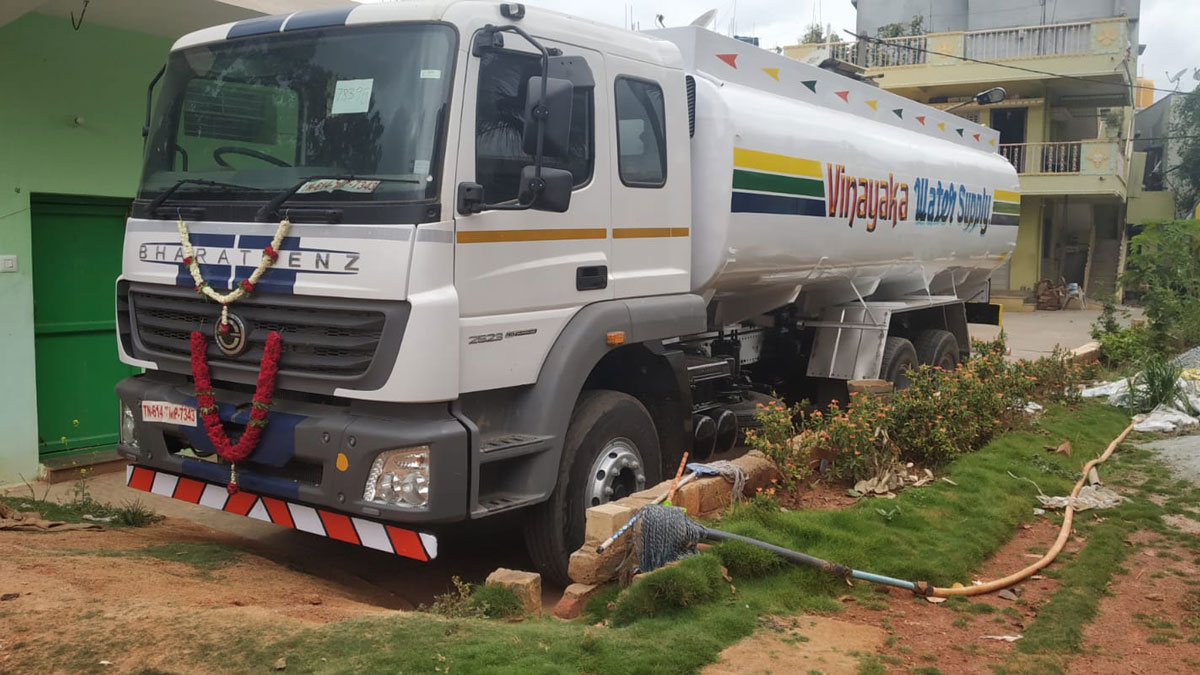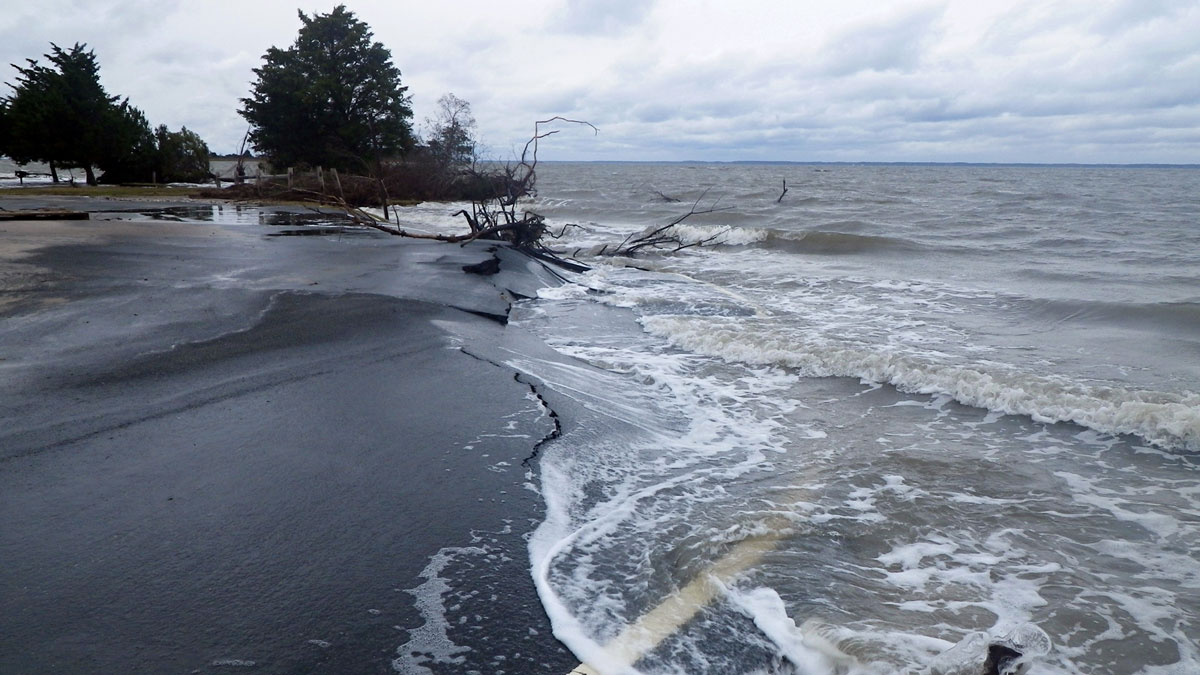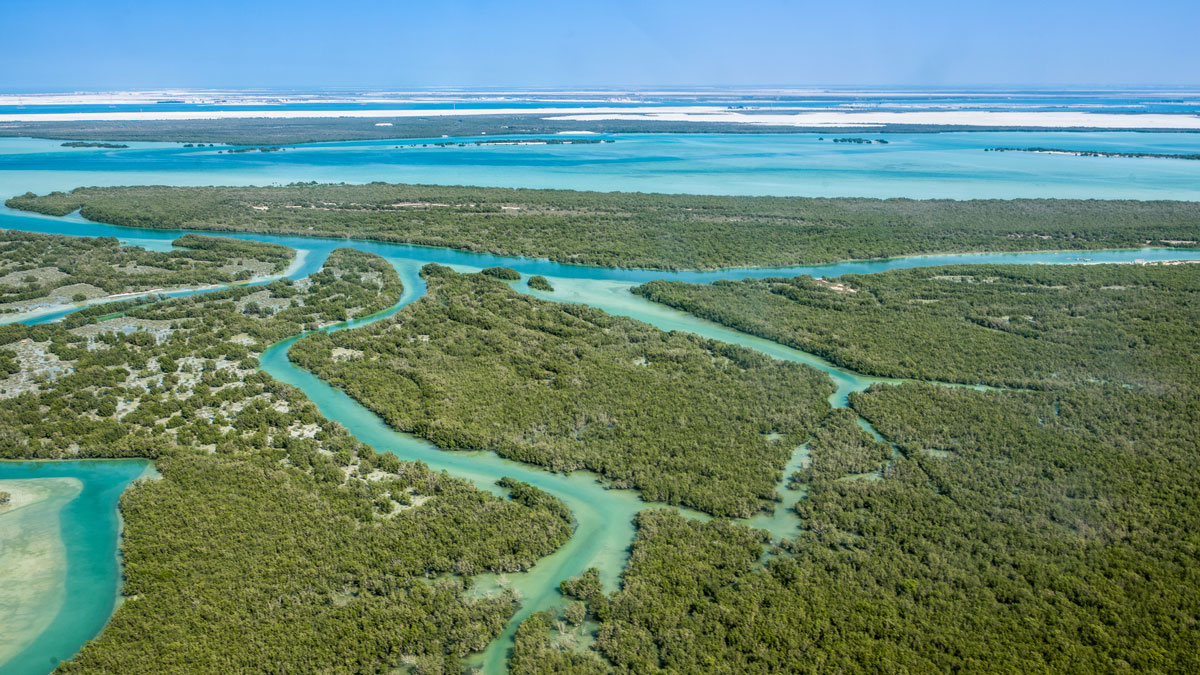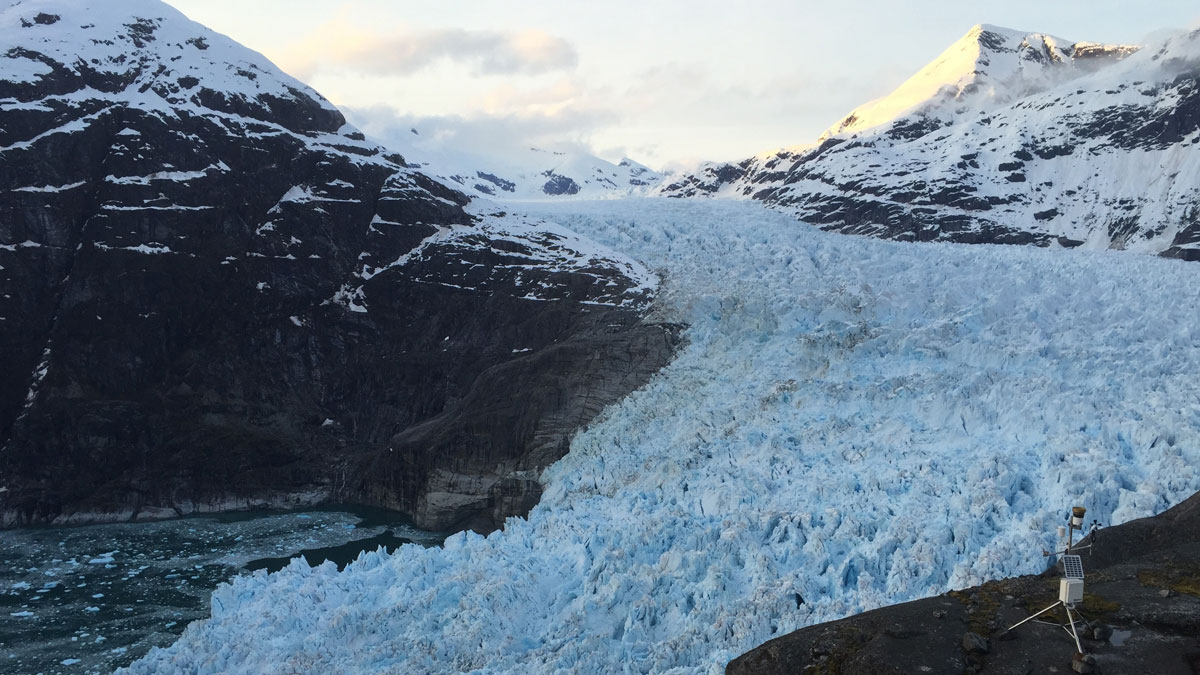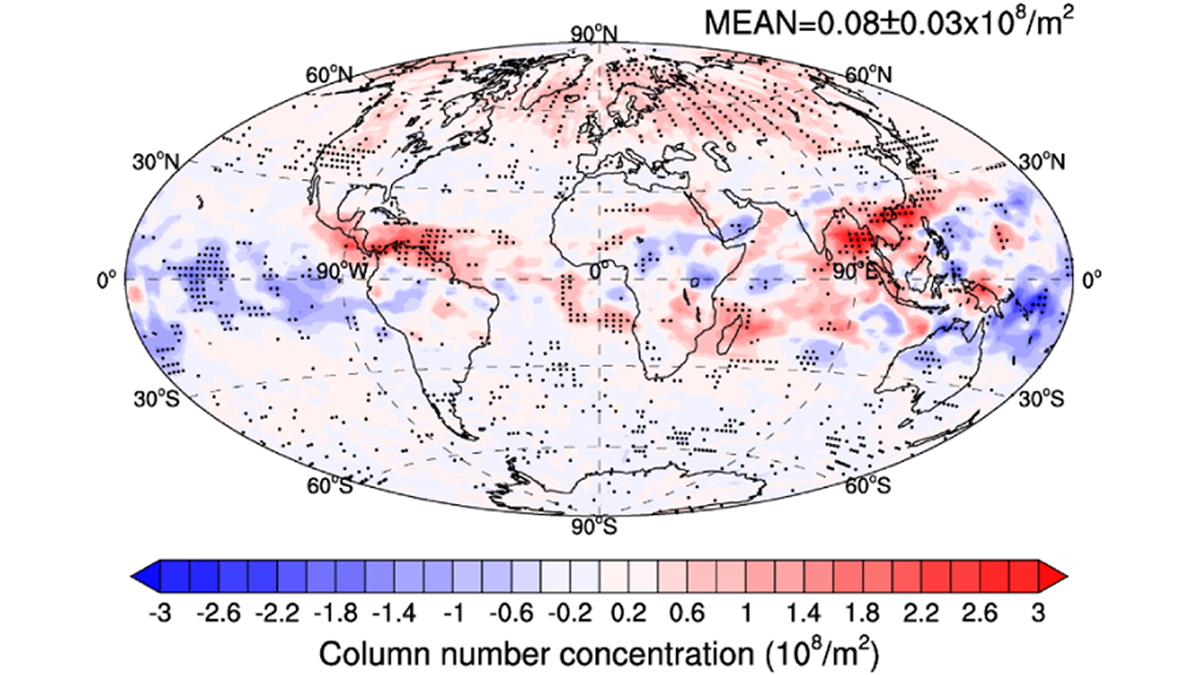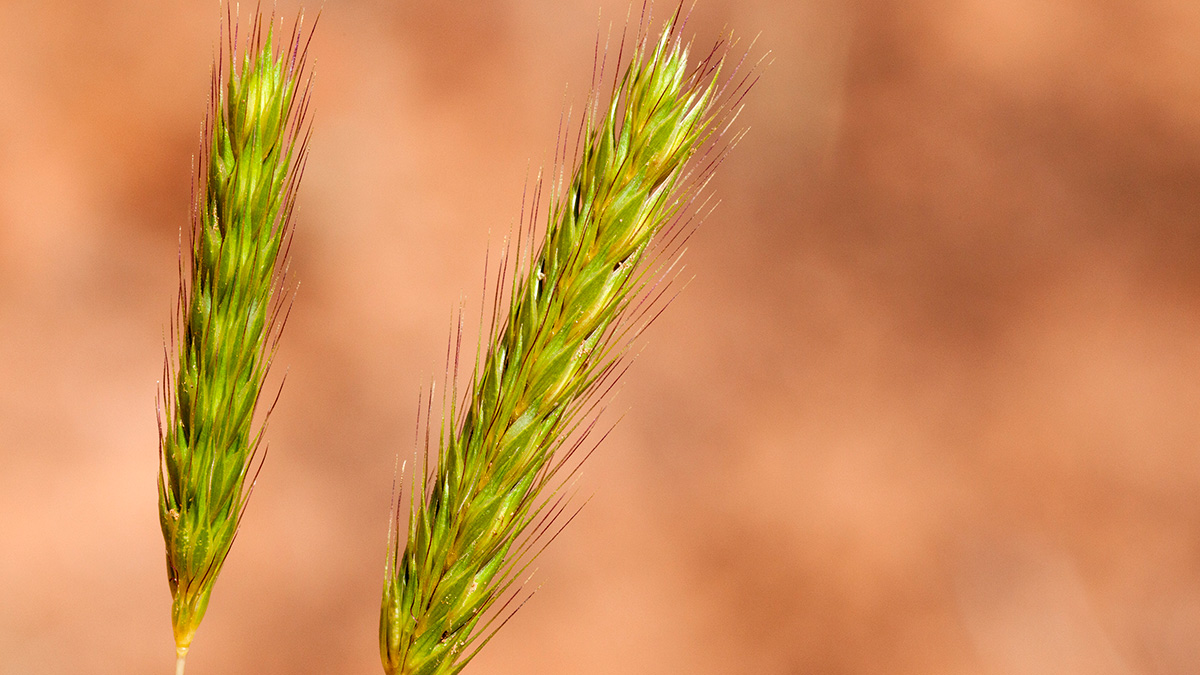Guiding principles and strategies for solving local water availability problems in India have emerged from collaborations involving water users, water experts, and water solutions providers.
climate action
Sea Level Science and Applications Support Coastal Resilience
Known for precise, planetary-scale measurements, NASA is improving its decades-long effort to observe and understand sea levels to help communities prepare for the effects of Earth’s rising ocean.
Side Benefits of Climate Action May Save Millions of Lives in Africa
Premature deaths due to air pollution would decline across the continent.
Without Deep Emissions Cuts, Marine Species Face Mass Extinction
On the basis of how much oxygen marine species need and how much is available, researchers predict extinctions comparable to those at the end of the Permian under a business-as-usual emissions scenario.
Planting Wetlands Could Help Stave Off Climate Catastrophe
A shift in priority and approach to wetland restoration could reduce atmospheric carbon.
Glacial Knowledge Gaps Impede Resilience to Sea Level Rise
Changes to the support, culture, and community organization of U.S. glaciology are needed to advance understanding of glacial change and better predict rising seas and other ice loss impacts.
Climate Action Plans Tailored to Indian Cities
The plans identify localized vulnerabilities, as well as adaptations to climate change risks.
Climate Benefits of Forests Go Far Beyond Carbon Sequestration
Forests are “essentially air-conditioning systems” thanks to biophysical processes like evapotranspiration and canopy roughness.
Less Air Travel May Partially Contribute to Global Warming
Decrease in aircraft soot emission, as shown by COVID-19 lockdown, leads to a significant increase in ice crystal number in cirrus clouds, and results in a small global positive radiative effect.
Could “Lost Crops” Help Us Adapt to Climate Change?
Archaeology might not solve all the agricultural challenges that climate change will bring, but it could provide important lessons and a record of new ideas.

